

Lag bolts, also known as lag screws, are heavy-duty fasteners used to join wood or other materials together. They are characterized by their coarse threads, hexagonal head, and sharp point, making them ideal for applications requiring high holding power. This guide provides detailed information about lag bolts, including their types, uses, installation methods, and factors to consider when selecting the right bolt for your project.What are Lag Bolts?Lag bolts are specialized screws designed for creating strong connections in wood and other materials. Unlike machine screws, they have a tapered point and coarse threads that grip the material directly, eliminating the need for a nut. The hexagonal head allows for easy tightening with a wrench or socket. The primary function of a lag bolt is to resist shear and tensile forces, providing a secure and durable joint. The reliability makes them essential for various construction and woodworking applications.Types of Lag BoltsWhile the basic design of a lag bolt remains consistent, variations exist to cater to specific applications. Understanding these types is crucial for selecting the appropriate fastener for your project.Standard Lag BoltsThese are the most common type, featuring a standard hexagonal head and coarse threads. They are suitable for general-purpose applications in wood and other soft materials. They are readily available in various sizes and materials, making them a versatile choice for many projects.Timber Lag ScrewsTimber lag screws are similar to standard lag bolts but are designed specifically for use in large timbers. They often have a longer shank and a deeper thread to provide maximum holding power in dense wood. These screws are typically used in timber frame construction, decking, and other heavy-duty applications.Stainless Steel Lag BoltsMade from stainless steel, these lag bolts offer excellent corrosion resistance. They are ideal for outdoor applications or environments where exposure to moisture or chemicals is a concern. Common uses include marine construction, outdoor furniture, and coastal projects. The team at Hebei Muyi Import&Export Trading Co.,Ltd. suggests Stainless Steel Lag Bolts are the first choice when rust is a concern.Applications of Lag BoltsLag bolts are widely used in various industries and applications due to their strength and versatility.ConstructionIn construction, lag bolts are used to secure wooden frames, attach structural components, and fasten decking. They provide a reliable connection that can withstand significant loads.WoodworkingWoodworkers use lag bolts for assembling furniture, building cabinets, and creating strong joints in wooden structures. Their holding power ensures that the assembled pieces remain securely fastened.Marine ApplicationsStainless steel lag bolts are commonly used in marine environments for attaching docks, piers, and other structures exposed to saltwater. Their corrosion resistance makes them ideal for these harsh conditions.ElectricalWhile not as common, lag bolts can sometimes be used to secure heavy electrical equipment to wooden supports. However, care must be taken to ensure proper grounding and insulation.How to Install Lag BoltsProper installation is crucial to ensure that lag bolts provide the intended holding power. Here’s a step-by-step guide: Drill a Pilot Hole: Use a drill bit that is slightly smaller than the diameter of the lag bolt. The pilot hole should be deep enough to accommodate the length of the bolt. Insert the Lag Bolt: Place the lag bolt through the material to be fastened and into the pilot hole. Tighten the Lag Bolt: Use a wrench or socket to tighten the lag bolt. Apply even pressure and avoid overtightening, which can strip the threads or damage the surrounding material. Check for Stability: Ensure that the connection is secure and stable. If necessary, add additional lag bolts to increase holding power.Factors to Consider When Choosing Lag BoltsSelecting the right lag bolt for your project involves considering several factors to ensure optimal performance and safety.MaterialThe material of the lag bolt should be chosen based on the environment in which it will be used. Stainless steel is best for outdoor or corrosive environments, while galvanized steel is suitable for general-purpose applications.SizeThe size of the lag bolt depends on the thickness of the materials being joined and the load it needs to support. Refer to engineering guidelines or consult with a professional to determine the appropriate size.Head TypeThe head type should be chosen based on the aesthetic and functional requirements of the project. Hexagonal heads are the most common, but other options like round heads or countersunk heads may be preferred in some cases.Lag Bolt Size Chart and Torque SpecificationsThe following table provides a general guideline for lag bolt sizes and torque specifications. Always refer to the manufacturer's specifications for precise data. Bolt Diameter (inches) Pilot Hole Diameter (inches) - Softwood Pilot Hole Diameter (inches) - Hardwood Approximate Torque (ft-lbs) 1/4 3/16 1//16 1/4 3//8 5/16 1//2 7/16 3/ Disclaimer: This table provides general guidelines. Always consult manufacturer's specifications and test in non-critical areas first.Common Mistakes to Avoid When Using Lag BoltsTo ensure the effectiveness and longevity of your connections, it's crucial to avoid common mistakes when using lag bolts.OvertighteningOvertightening can strip the threads or damage the surrounding material, reducing the holding power of the lag bolt. Use a torque wrench to ensure proper tightening.Using the Wrong Size Pilot HoleUsing a pilot hole that is too small can make it difficult to drive the lag bolt, while a pilot hole that is too large will reduce the holding power. Refer to a size chart or consult with a professional to determine the appropriate size.Ignoring Material CompatibilityUsing incompatible materials can lead to corrosion or other issues. For example, using steel lag bolts in contact with treated lumber can cause corrosion. Always choose materials that are compatible with the environment and the materials being joined.ConclusionLag bolts are essential fasteners for a wide range of applications, providing strong and reliable connections in wood and other materials. By understanding the different types of lag bolts, their applications, and proper installation techniques, you can ensure that your projects are safe, durable, and long-lasting.

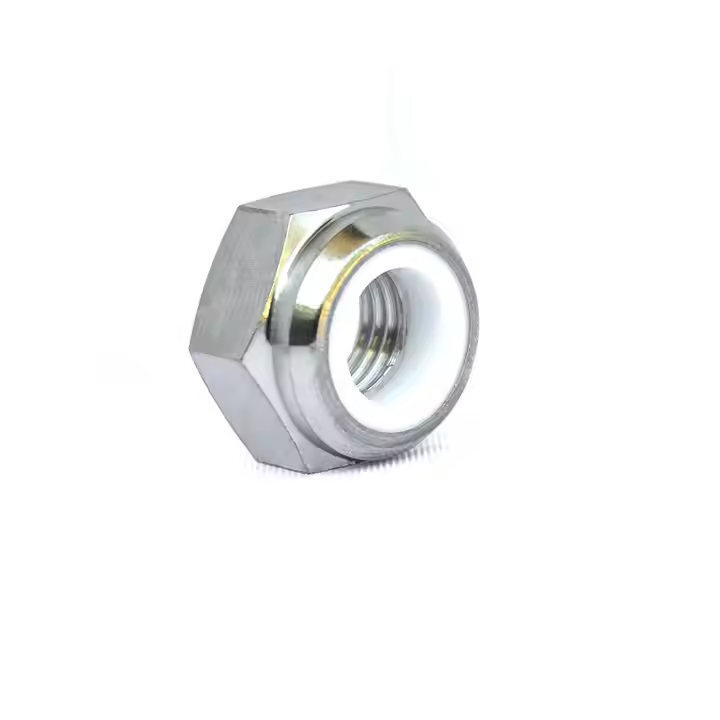
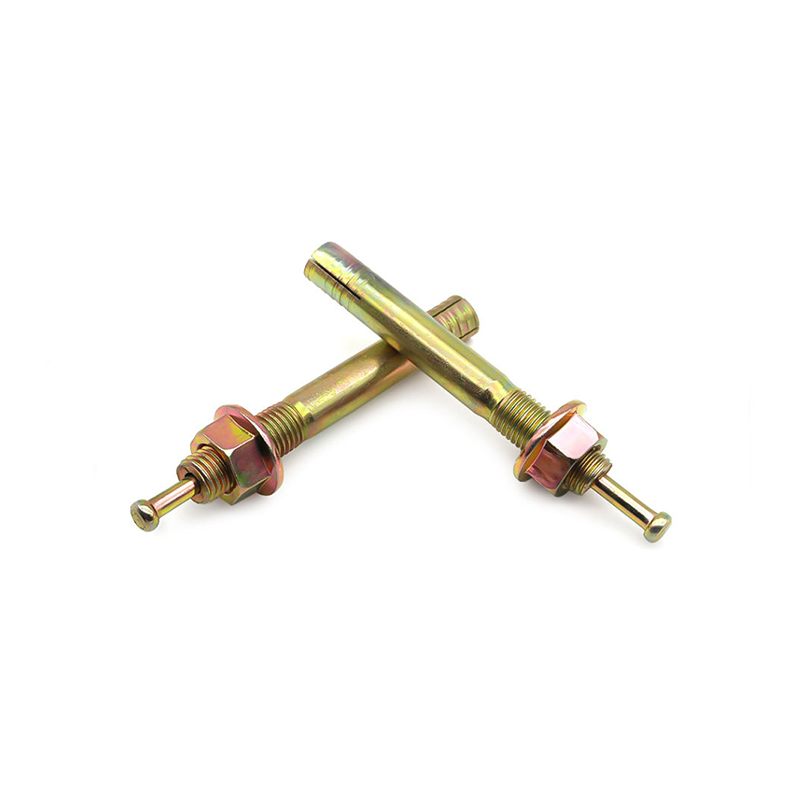

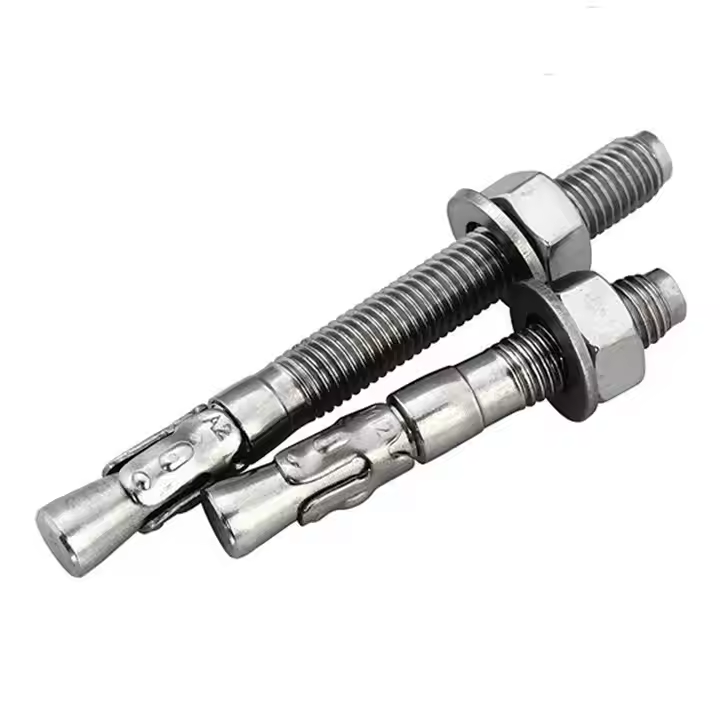


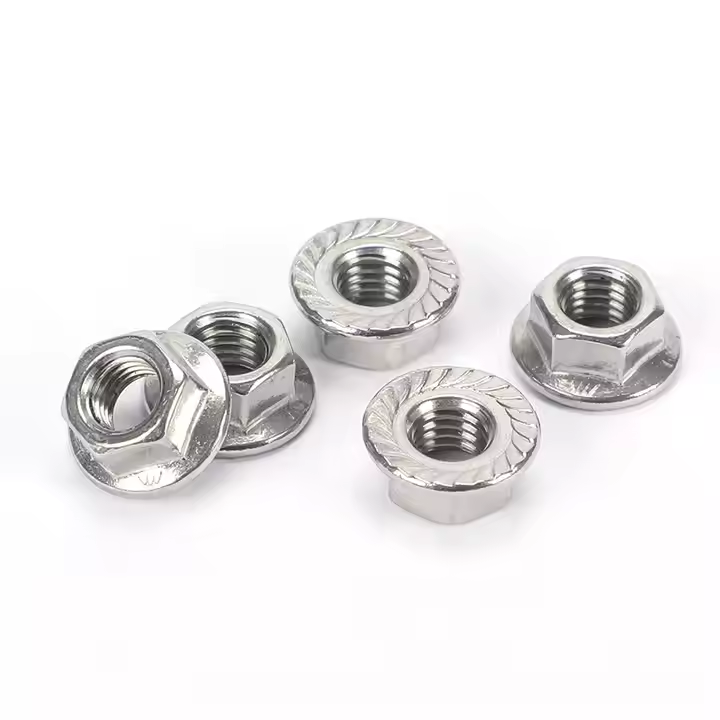
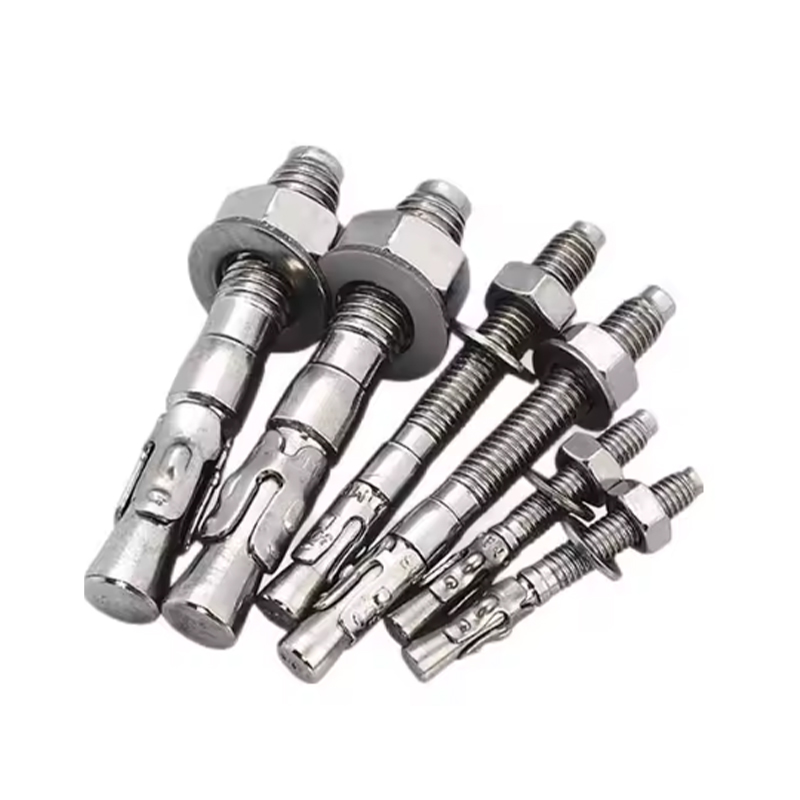

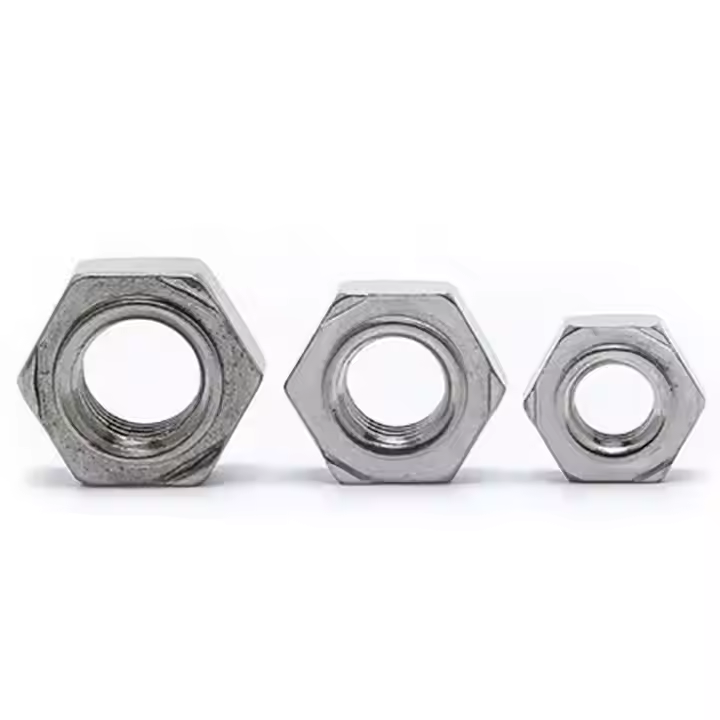
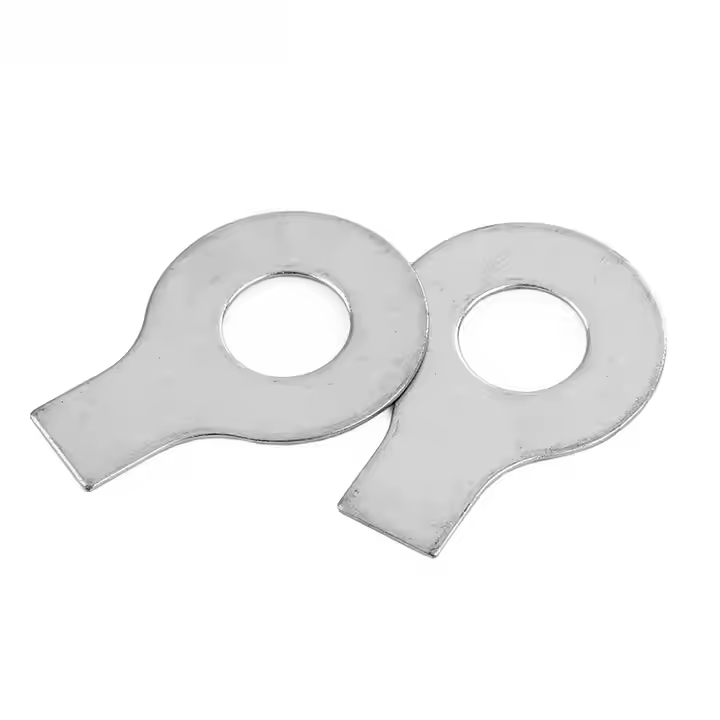

Please enter your email address and we will reply to your email.